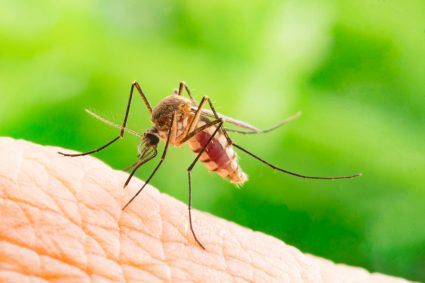
Keeping your beloved pet out of the kitchen can be a challenging task, especially if they’re drawn to the mouth-watering aroma of cooking food. However, with the right strategies and a little patience, you can train your dog to respect kitchen boundaries effectively. In this comprehensive guide, we’ll outline various methods, from boundary training to using physical barriers, that can help keep your furry friend safely out of the kitchen.
To keep dogs out of the kitchen, start by boundary training your dog to understand and respect the invisible line separating the kitchen from the rest of the house. Increase the training distance gradually and use physical cues like a line on the floor. Be consistent with the rule and reward your dog for obeying it. You can also use physical barriers like baby gates, redirect their attention with toys or treats, and make the kitchen less appealing by dog-proofing it. Keep them occupied with interactive toys to distract them from entering the kitchen.
Understanding The Need To Keep Dogs Out Of The Kitchen
Before we delve into the various techniques, it’s crucial to understand why it’s necessary to keep our pets out of the kitchen. Kitchens can be a dangerous place for dogs due to hot surfaces, sharp objects, and potential food hazards. It’s not just about maintaining cleanliness; it’s about ensuring our pets’ safety.
Boundary Training
One of the most effective methods to keep dogs out of the kitchen is boundary training. This method involves teaching your dog to recognize and respect the invisible boundary line separating the kitchen from the rest of the house.
Here’s how to implement boundary training:
- Start Small: Begin by walking your dog on a leash to the boundary and reward them for not crossing it.
- Gradually Increase the Distance: Over time, increase the distance you walk into the kitchen, rewarding your dog each time they stay outside.
- Use Visual Cues: Use a physical visual cue, such as a line on the floor or a baby gate, to help your dog associate the specific area with the “do not cross” line.
- Consistency is Key: Be consistent in enforcing the rule that your dog is not allowed in the kitchen. This will help them understand the boundaries and make it easier for them to follow the rule.
Physical Barriers
In addition to training, physical barriers like baby gates or pet gates can be an effective way to keep your dog out of the kitchen. Some popular options include:
Ensure that the gate you choose is the right height and strength for your dog and fits the width of your kitchen doorway.
Redirection and Alternative Behaviors
Train your dog to perform alternative behaviors, such as lying down on a designated mat or bed outside the kitchen. Redirect their attention with a toy or treat when they show interest in entering the kitchen. Consistency and positive reinforcement are key in ensuring these behaviors stick.
Dog-Proofing Your Kitchen
To make your kitchen less appealing to your dog, consider:
- Storing food in airtight containers
- Keeping trash cans covered or inside a latched cabinet
- Removing any potential hazards
- Keeping the kitchen floor clean and free of food scraps
Keep Them Occupied
Keeping your dog entertained can also help keep them out of the kitchen. Provide them with interactive toys, food-stuffed toys, or a snuffle mat to keep them busy.
Remember, every dog is different, and what works for one may not work for another. It may take some trial and error to find the most effective method for your dog. Always consult with a professional trainer or your vet if you’re unsure about any aspect of training or your dog’s behavior.
By following these steps, you can ensure your dog’s safety and maintain a clean and orderly kitchen. Happy training!
Frequently Asked Questions
What if my dog still tries to enter the kitchen despite boundary training?
If your dog still tries to enter the kitchen despite boundary training, you may need to revisit the training process and ensure you’re being consistent. It may also help to consult with a professional dog trainer for further guidance.
What type of treats should I use for rewards during boundary training?
It’s best to use small, low-calorie treats that your dog loves. These could include store-bought dog treats, pieces of boiled chicken, or even small bits of their kibble. Remember, the treat should be a reward, not a meal.
What if my dog jumps over or knocks down the physical barrier?
If your dog is able to jump over or knock down the physical barrier, you may need to consider a taller or sturdier gate. Alternatively, you may need to revisit boundary training and reinforce the idea that the kitchen is off-limits.
How long should I expect boundary training to take?
The duration of boundary training can vary greatly from dog to dog. Some dogs may pick up on the concept in a few days, while others may take weeks or even months. Patience and consistency are key.
Are there any specific toys you recommend to keep my dog occupied?
Interactive toys, food-stuffed toys, and snuffle mats can all be effective in keeping your dog occupied. The specific toys that will work best for your dog will depend on their size, breed, and personal preferences. Some popular options include the KONG Classic Dog Toy and the Nina Ottosson by Outward Hound Dog Puzzle Toy.









